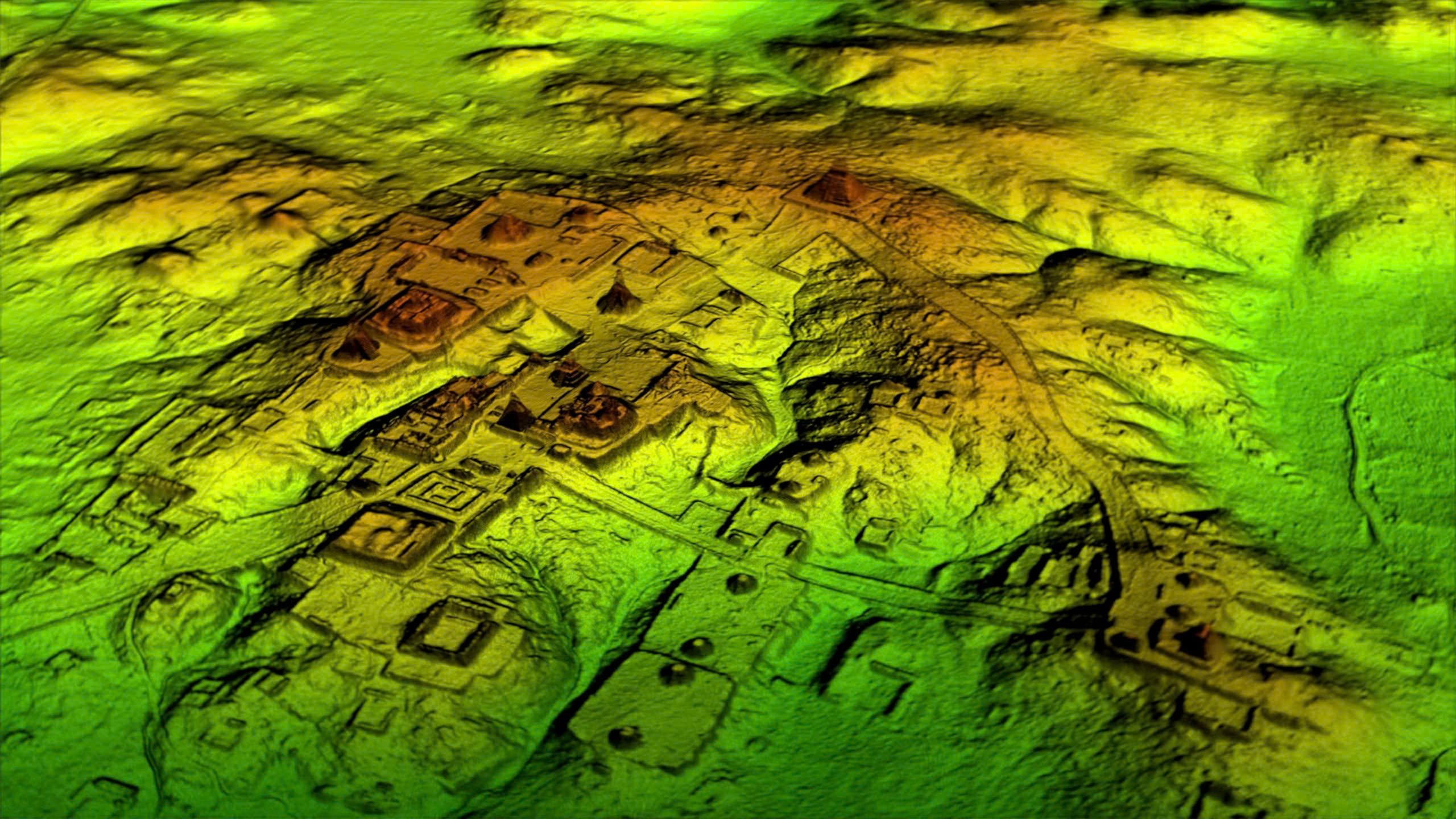Ancient City Discovered Beneath the Amazon Jungle—Older Than the Maya!
**Ancient Amazonian Cities: Older Than the Maya**

For centuries, the Amazon was considered a pristine wilderness, too dense and inhospitable to support major civilizations. But recent satellite scans have revealed something astonishing: a vast, interconnected network of ancient urban areas buried beneath the dense canopy—not Mayan or Inca.
The discovery has completely upended long-held perceptions of the Amazon’s habitability and development. For much of the 20th century, scholars believed that the soil and climate conditions there could not support large populations or complex societies. The Amazon was thought to be too poor, flooded, and overgrown to support urban development.

However, as early as the 16th century, Spanish explorer Francisco de Orellana described large cities, roads, and agriculture along the Amazon River. At the time, his account was considered exaggerated and unfounded. But thanks to aerial LIDAR (Light Detection and Ranging) scanning technology, what he described seems to be gradually being confirmed.
In 2022, scientists used LIDAR in the Llanos de Mojos region of Bolivia and discovered a network of more than 200 square kilometers of causeways, canals, ceremonial mounds and pyramid-shaped platforms up to 20 meters high – all laid out in precise geometric patterns.

The civilization behind it was later identified as the Casarabe culture – a pre-Columbian society that flourished from around 500 to 1400 AD. Although little is known, their sophistication in urban design, transportation networks and irrigation systems rivaled that of the Maya or Olmec.
Their cities were organized according to a clear pattern: large ceremonial platforms in the form of steps or pyramids at the center, surrounded by plazas and houses arranged in a circle. From these radiated causeways up to 5km long, connecting satellite settlements – all to protect against flooding and maintain communication during the rainy season.
Alongside the roads were elaborate systems of canals and reservoirs. The Casarabe adapted to their environment by designing raised fields and reservoirs to regulate water, turning the inhospitable area into a productive farming area.
Remarkably, they developed independently, without borrowing from neighboring civilizations such as the Maya or Inca. Their architecture reflected a deep understanding of local ecology and an ability to plan for the long term.

Excavation in the Amazon is difficult due to invasive tree roots, heavy rains causing erosion, and rapidly decomposing organic material. LIDAR is therefore the most effective tool for revealing the “ghost maps” of cities swallowed by the forest.
What has been discovered matches surprisingly well with Orellana’s 16th-century accounts, once dismissed as fiction. We are now forced to reconsider our perception of the Amazon – no longer as a wilderness, but as a place where societies were organized, planned and highly skilled.
The Casarabe culture shows that complex civilizations did not necessarily build stone pyramids or leave behind writing – their traces are sometimes found in causeways, fields and irrigation systems – all of which demonstrate a symbiosis with nature, not against it.
Their legacy is slowly being revealed through modern technology, revealing a new chapter in Amazonian history: a place where people built, planned, and lived in harmony with the environment – and now, what remains tells that story, laser by laser.








